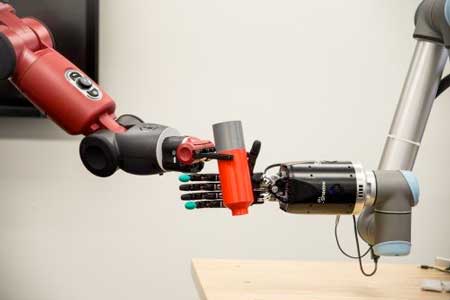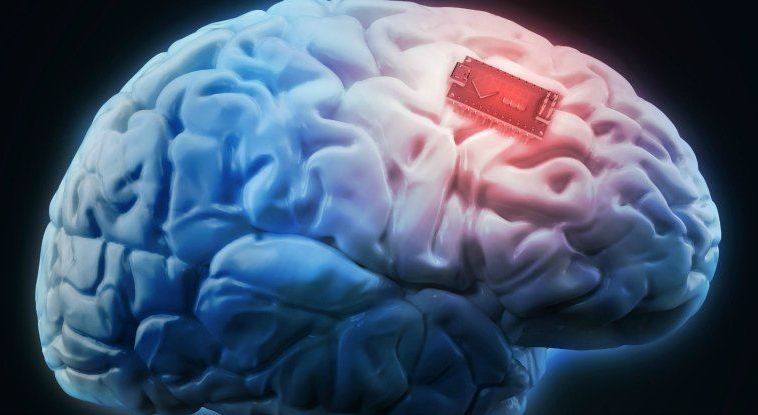Most people probably aren’t aware of this, but the 2016 U.S. Presidential election included a candidate who had a radio-frequency identification chip implanted in his hand. No, it wasn’t Donald J. Trump. It was Zoltan Istvan, a nominee representing the Silicon Valley-based Transhumanist Party and his body-worn chip unlocked his front door, provided computer password access and sent an auto-text that said: “Win in 2016!”
The transhumanist movement – employing technology and radical science to modify humans – offers a glimpse into the marriage of machines and people, the focus of a recent paper released by the Institute for Critical Infrastructure Technology (ICIT). With cybernetic implants already available to consumers, the prospect for techno-human transmutation – cyborgs – is not as far away as many may think.
“We are moving towards automation, we are moving towards machine learning,” said Parham Eftekhari (pictured), co-founder and senior fellow at ICIT. “We’re seeing it impact a lot of our society.”
Eftekhari stopped by the set of theCUBE, SiliconANGLE’s mobile livestreaming studio, and spoke with co-hosts John Furrier (@furrier) and Dave Vellante (@dvellante) at CyberConnect 2017 in New York City. They discussed ICIT’s recent cybersecurity research and the potential for increased government regulation. ( Disclosure below.)



